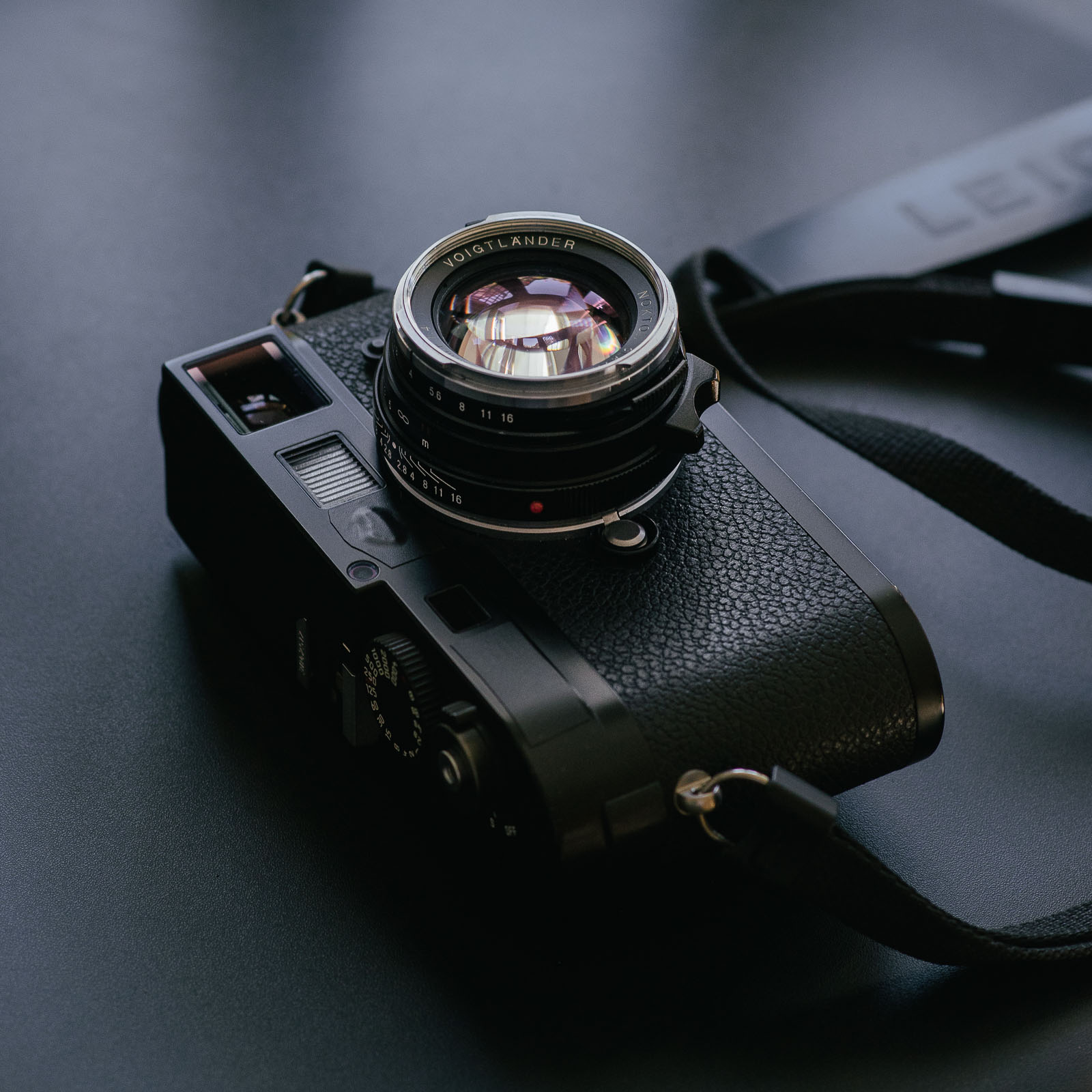

The Voigtländer Nokton 40/1.4 is a very compact, fast normal lens for the Leica M-mount. It’s a current lens produced by Voigtländer in Japan. The design seems clearly inspired by the Leica Summilux 35 pre-Asph, offering a similar experience at a far lower, very reasonable price.
Two options are available at purchase – single or multicoated, resulting in lower and higher contrast respectively. This review covers the multicoated version. There’s also a close 35mm sibling – Voigtländer Nokton 35/1.4 – offering similar performance and practically identical ergonomics.
It’s a very small lens considering its specifications, but dense and heavy for its size. There are some image quality eccentricities making it less than perfect at a technical level and giving it a mixed or even poor reputation. Once familiar it’s a very capable and flexible lens in practical application. The fantastic ergonomics, flexible signature and large aperture makes it a joy to use.
It has been one of my go to lenses for many years and despite some shortcomings I rank it among my all time favourites.



40mm is a slightly uncommon focal length, but is actually closer to the definition of a normal lens than the traditional 50mm. Being an f/1.4 lens means that the lens has a 29mm physical aperture. As all M-mount lenses, it’s manual focus only. It’s a double-gauss derived design with 7 spherical elements.
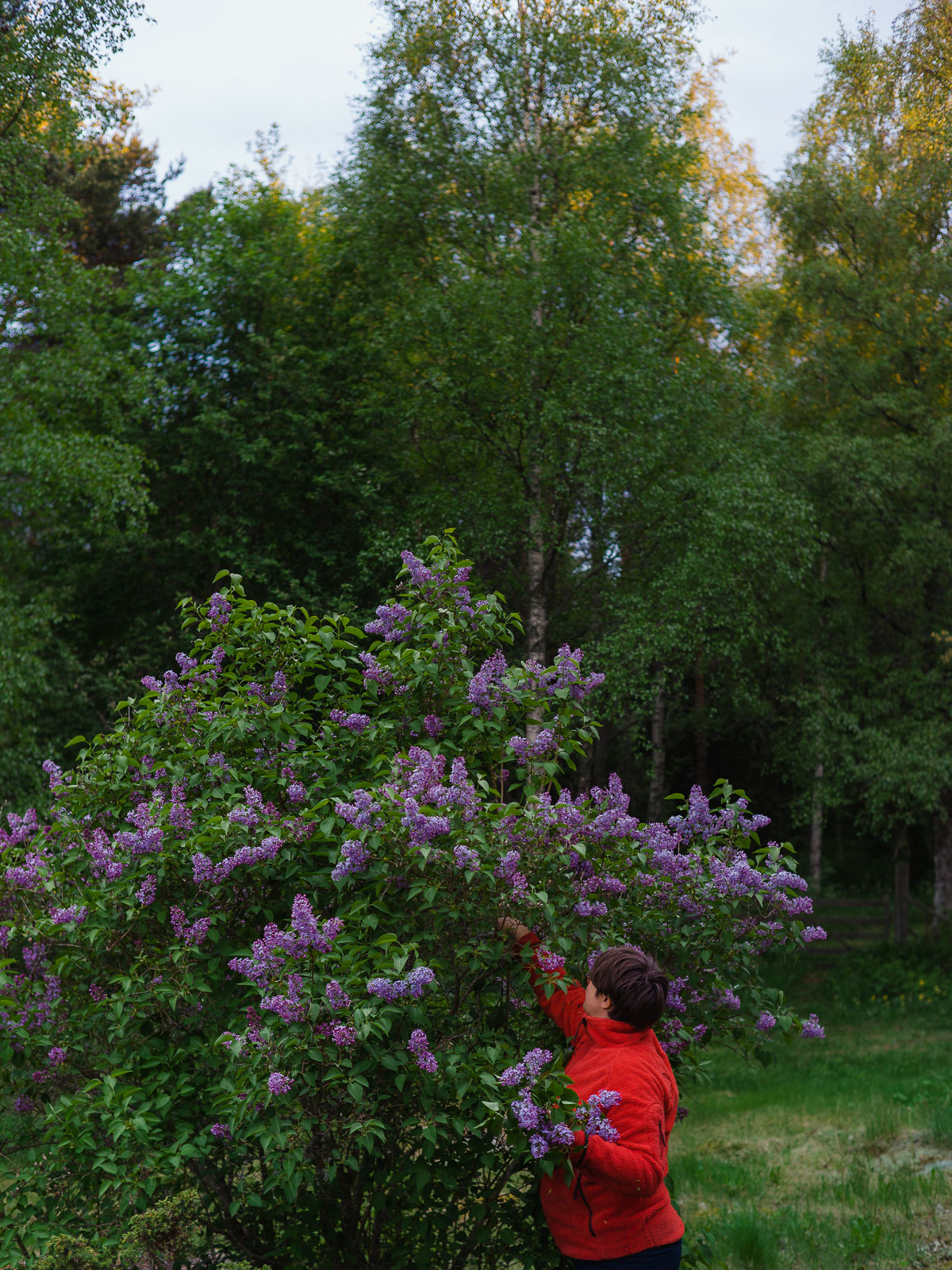

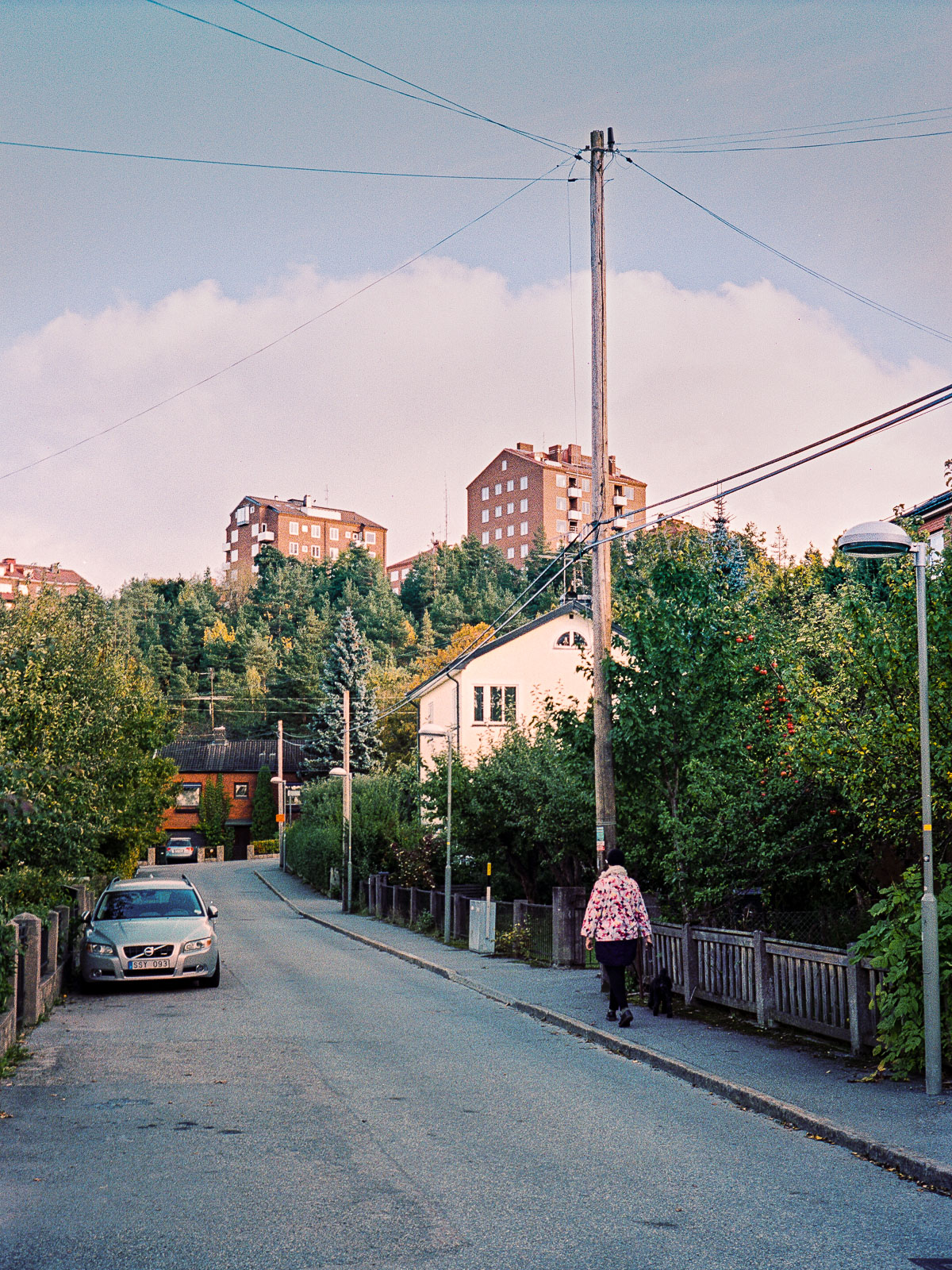
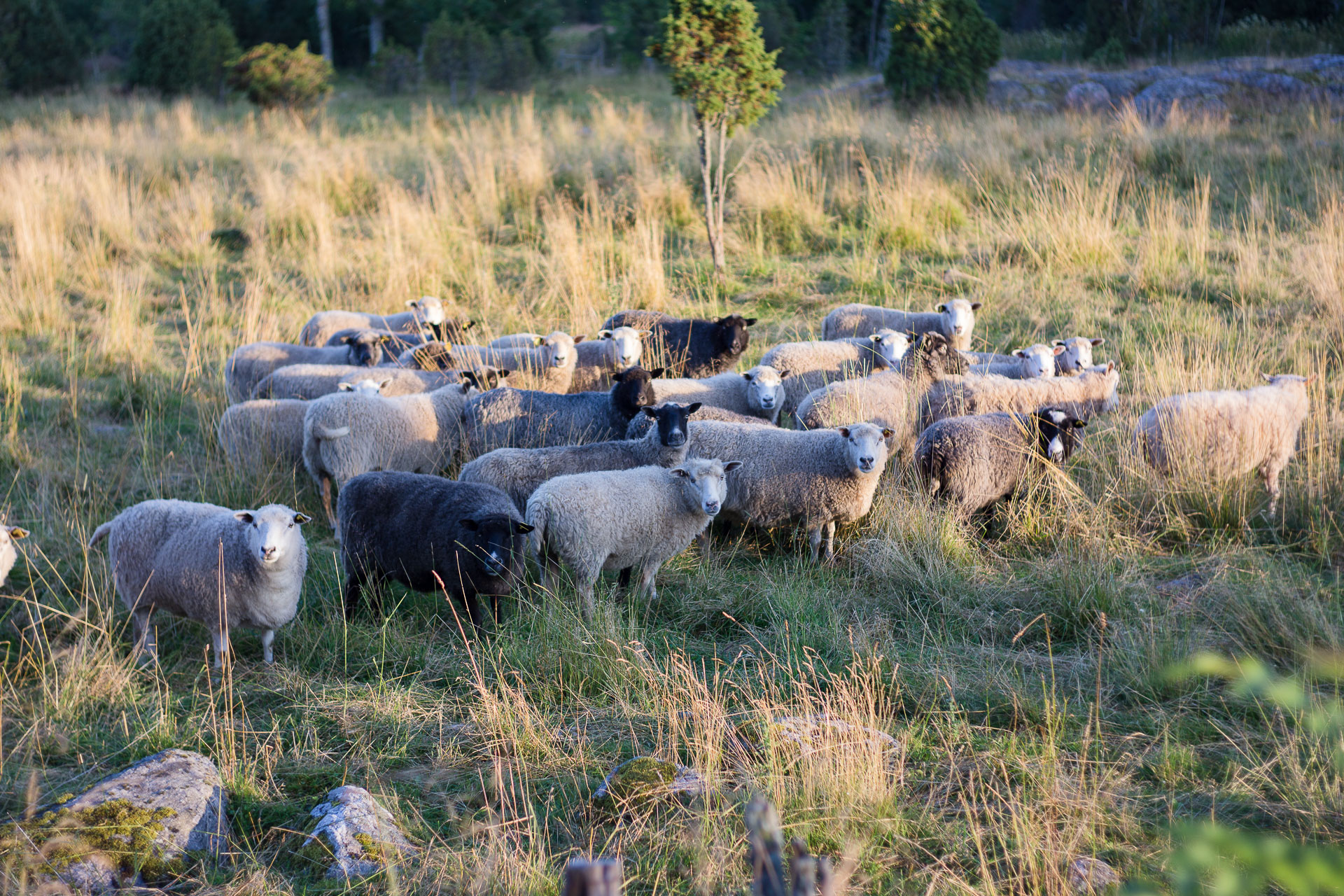
Voigtländer M-mount lenses are generally made very well — much closer to Leica’s benchmark construction than their modest pricing would suggest. This lens is no exception; build quality is excellent.
The lens is made almost completely of metal. The barrel and control points are made from black anodized aluminum. It’s slightly prone to scuffing, but actual seems to hold up a bit better than the Leica lenses I have. Internal components all look like metal, the focusing helicoid brass and rear mount chromed brass.
Markings are engraved in Helvetica and painted white. The imperial scale is painted red, resulting in poor visibility in lower light.
Like a number of other Voigtländer lenses as well as the Zeiss ZM and ZE/ZF lens ranges, made in the same factory, the front ring is chromed brass. This means very high durability for the hood mount and filter thread at the expense of a more visible lens that also causes reflections, for instance when shooting through glass.
A hood isn’t included, but a vented metal one is available for purchase. I’ve not felt the need for one but if I did I would probably go for a square 3D printed one available on e.g. Shapeways. The lens cap is pretty good – a round pinch style cap in plastic with Voigtländer logo that tends to stay put more reliably than the ones supplied with the Zeiss ZM lenses.
The lens is very small considering its specifications. Extending under 3cm from the mount it’s not meaningfully larger than the Summicron-C 40/2, the smallest Leica produced M-mount lens, despite being a full stop faster. The large glass surfaces and all metal construction makes it heavier than it looks – it feels dense and solid picking it up – but the small size means it’s still light. Any SLR lens with similar specifications would be far larger and heavier.
I’m fairly convinced that this lens will hold up just as well in use as any Leica lens and better than most of the ZM lenses. I’m the second owner of my copy and I’ve used it frequently and extensively during the close to five years that I’ve had it. My copy still looks and feels as new – completely flawless.

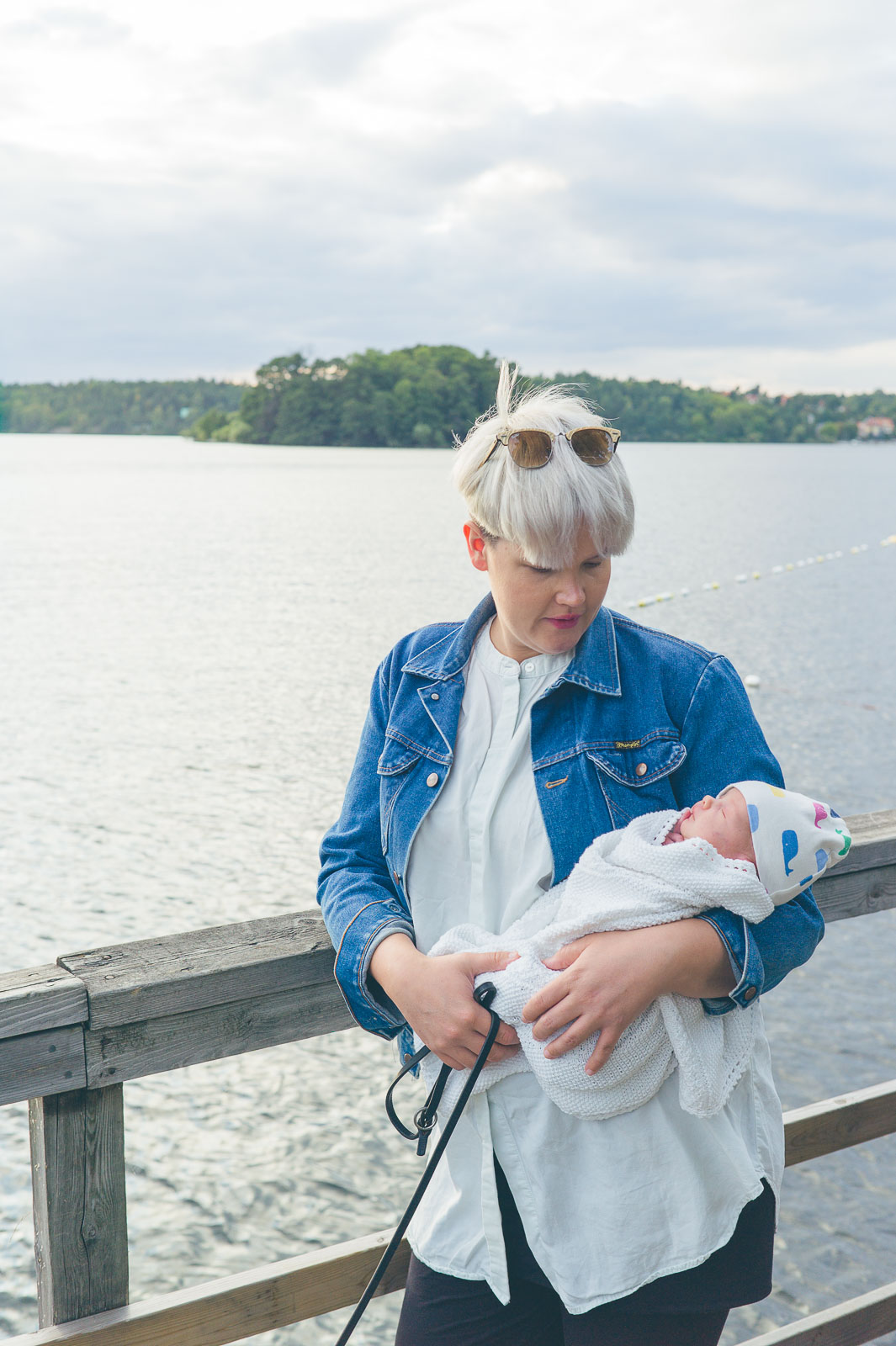
Ergonomics are perfect. One of, in not the best lens I’ve used in this regard. Controls are easy to find and manipulate and have a solid and balanced feel. The compact size and low weight makes it balance very well on any camera.
The focus tab shape is very comfortable. The focus throw is around 100° – a good balance between speed and accuracy. The focus travel has a well balanced resistance and is very smooth – the smoothest of the Voigtländer lenses I’ve used but very slightly more gritty feeling than most Leica lenses. It has a bit more resistance than modern Leica lenses and can be set to a focus distance and not move as easily by mistake. It’s smoother than any of the ZM:s I’ve tried.
The aperture is set in half stops using the small handles on the aperture dials. A great set up since you can tell the aperture by feel. The trade off is that it’s marginally harder to find the handles compared to a full ring. Some also feel it’s more easily changed by mistake. The stops are clearly defined with solid resistance and a springy clicks – a somewhat more hollow feel than with Leica or Zeiss lenses. The stops are spaced farther apart on the aperture ring at wide apertures and become closer together when stopping down, but this isn’t really apparent in use.
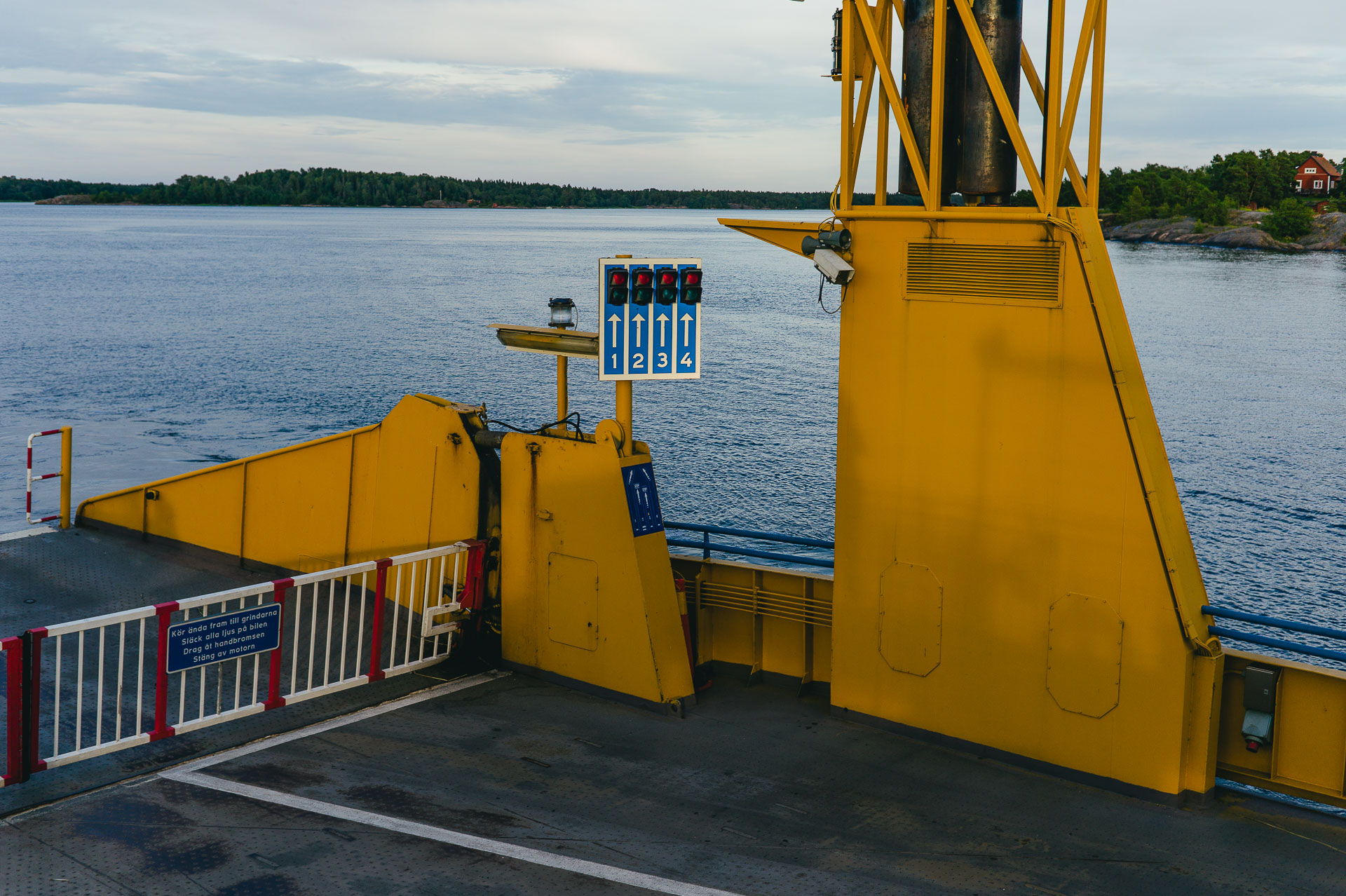

The Nokton has some eccentricities that can lead to a bit of unpredictability in the results before getting to know the lens. Once the pitfalls become evident excellent results can be achieved. It’s never quite up to benchmark standards, but can come very close in practical use. The overall rendering changes depending on aperture – two or even three discrete signatures can be seen. All appealing and useable in their own way.
Positive aspects include high transmission and good colour separation. Resolution on axis is impressive and stopped down very even performance can be attained. It’s also resilient against flare.
A wave formed field curvature leads to uneven and superficially temperamental performance at wider apertures. Focus shift can also be observed requiring some attention at moderate apertures.
Compared to similar M-mount lenses by Leica and Zeiss the performance is very similar. It’s practically indistinguishable from the Summicron-C 40/2 even in controlled tests. I’d guess that the same is true for all the Summicron 35:s as well, except for the aspherical version which has more even performance. (see Alternatives section)
The compact, symmetrical design can cause issues on digital bodies, depending on sensor filter stack (see In Use section).
On axis resolution is impressive at all apertures but significant curvature of the field affects the evenness of performance, especially at wider apertures. The curvature is complex and wave shaped making for unpredictable results across the frame. This characteristic is reduced but remains stopping down. Voigtländer rarely supply MTF curves for their lenses but I suspect the behaviour is down to inherent astigmatism in the design. Things at the same distance can look more or less sharp depending on both placement and shape.
In practice wide open performance is useable and appealing but not optimal from a technical standpoint. On axis resolution is impressive. Details are clearly resolved in the central zone. Spherical aberration lowers micro and mid level contrast giving a clear glow. Definition drops quickly in the mid field and corner performance is very poor. Contrast is fair across the frame with even global contrast.
Stopping down rapidly increases performance. At f/2 the character has changed. Spherical aberration is reduced, micro and mid level contrast is improved to very good levels. The centre now has a very impressive clarity. Mid field performance is good but uneven, corners are still quite poor. By f/4 good performance is attained across most of the frame.
Stopping down further improves resolution and contrast. By f/8 the character has shifted again with practically perfect performance. Close scrutiny still reveals slight effects of the field curvature. Both resolution and contrast is at impressive levels. Not all compact, high speed lenses improve to this level regardless of how small the aperture becomes.
The uneven performance at wider apertures make it less than ideal for shooting flat field subjects at wider apertures, stopping down solves this but it's not an as forgiving lens as more well corrected alternatives in this respect.
Characteristics are retained at both near and far distance, making it surprisingly capable even as e.g. a landscape lens if adequately stopped down.
There’s good separation between tones and the overall palette is strong and saturated without becoming unnatural. The high contrast leads to a modern look.
Bokeh characteristics also change by aperture. At f/1.4 bokeh is poor in high contrast situations. Over corrected spherical aberration leads to clear outlining of the bokeh and double lines can be observed in some situations. Longitudinal chromatic aberration can also be seen as slight colour fringing of the bokeh. Residual spherical aberration in the focus plane gives a gentle roll off of sharpness.
By f/2 transitions are distinct between planes leading to better than expected separation. Bokeh is also improved with gentler edges and is generally good but can still appear harsh in high contrast situations.
At smaller apertures bokeh is further improved but f/2 remains the best balance between separation, sharpness and isolation in most situations.
Focus shift is present and can be an issue at close distances. Its effect on image quality can be seen mainly at f/2.8 where the shift is enough to give worse performance than at f/2 if one doesn’t compensate for it. At f/4 the effect can still be seen, and compensating for it gives better results, but depth of field mostly covers the difference. At smaller apertures and distances above ~1m depth of field covers the shift completely.
Vignetting is pronounced at wider apertures. Actually it’s so pronounced that only the image centre changes brightness between f/1.4 and f/2. It’s almost completely eliminated by f/4.
It’s quite resilient against flare. Colourful ghosting can be seen in extreme cases but this is surprisingly rare. The lens can generally be shot without much attention paid to angle and placement of strong light, even without a hood. Quite a bit better behaviour than most Leica lenses I’ve shot.
Slight distortion can be detected but is generally inconsequential. Sunstars have 10 points stopped down.
Other aberrations are well controlled. Close examination reveals faint traces of longitudinal chromatic aberration, as well as slight high contrast fringing. Both at very low levels.
Shooting the Nokton is almost like having three lenses in one when it comes to rendering.
Wide open there’s a gentle character with a painterly quality reminiscent of older, less well corrected lenses. The modern coatings results in clear colour and high contrast leading to an interesting combination of classic and modern rendering.
Stopping down to f/2 changes the character. High performance in the focal plane combined with more separation than expected leads to a sophisticated look without becoming clinical. To me this is where the lens really begins to shine. I actually tend to consider it an f/2 lens, thinking of the extra stop as an overdrive of sorts. Surely if the lens was sold as an f/2 it would have a very good reputation.
At smaller apertures another trait is shown – technical excellence with high resolution and contrast across the frame. A very well behaved look.


Details are clearly resolved already at wider apertures. Some residual glow can still be seen in the 1:1 crop, here at f/2. Stopping down to f/2.8 and f/4 gives a cleaner, more well corrected look. The lens characteristics shine for this type of situation – with a clear subject in the central 2/3rds of the frame, and some distance between different planes in the image.
Flare is rarely an issue, even in this challenging situation contrast remains high throughout the frame.

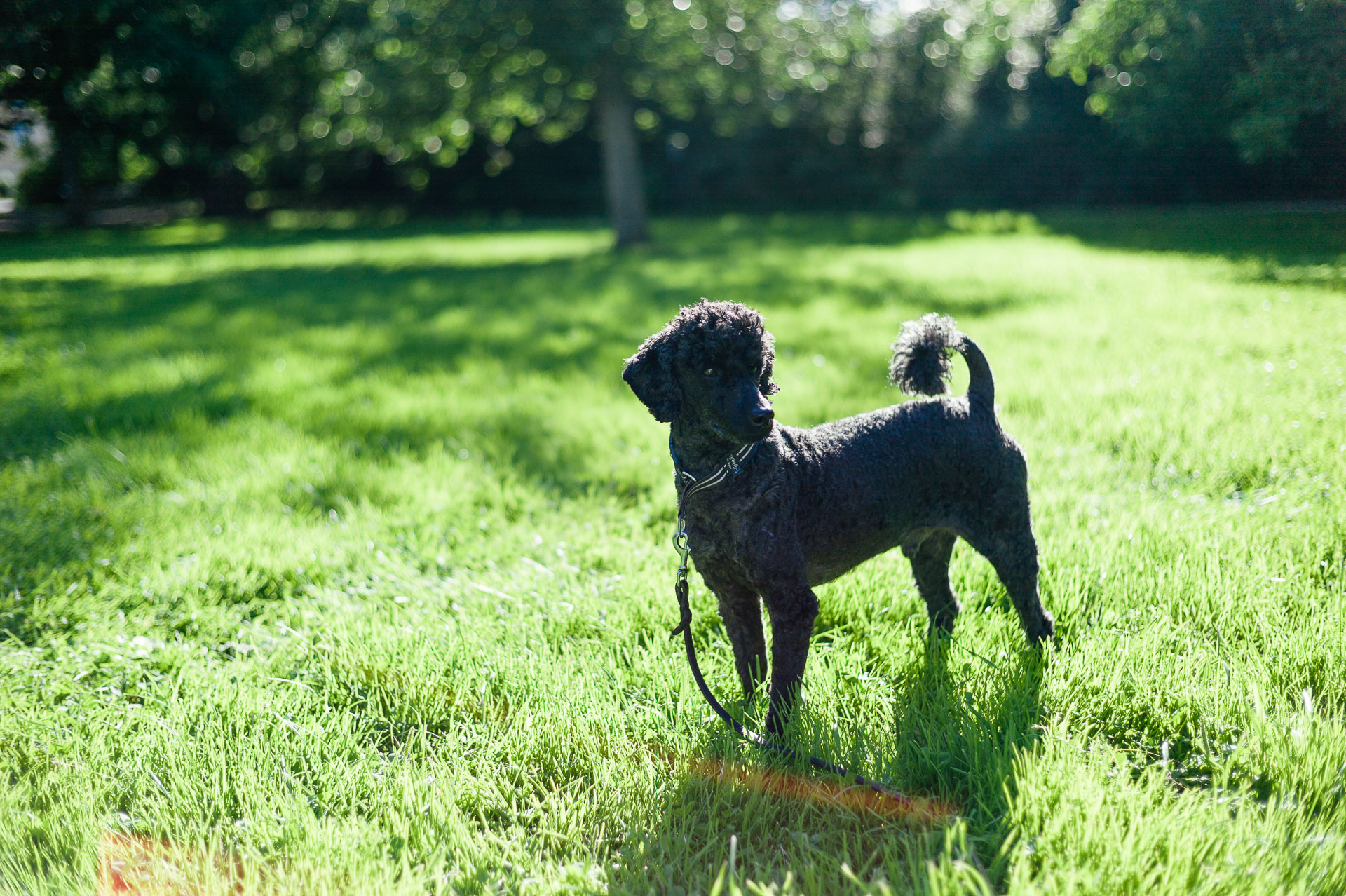
Ghosting and poor bokeh can be seen in this example, the light very harsh and strong. Probably f/3.5.
I’ve had this lens for close to five years by now, and have shot it extensively on several cameras. Here are some observations from using it.
While an uncommon focal length, 40mm is one of my favourites. To me it feels natural and easy to shoot – balanced perspective, some separation, not feeling overly long or wide. Because of this I’ve been through my fair share of 40mm lenses – the Konica 40/1.8, Panasonic 20/1.7, Leica Summicron-C 40/2 & Voigtländer 40/2 have all passed through my hands. In my book the Voigtländer Nokton 40/1.4 sits at the top together with only the Summicron-C. And if forced to pick one I’d go for the Nokton.
An issue with shooting M-mount 40mm lenses is that only the Leica CL and Voigtländer Bessa R3M/A have corresponding framelines. On most M-mount cameras 50mm framelines are brought up instead. While framelines are always an approximation, 35mm would be a closer match. This can be worked around by showing a different set of framelines with the frameline preview lever on most Leicas. Another alternative is to file down the frameline index pin on the rear mount, making the camera recognize the lens as a 35 instead. I’ve left the pin untouched on my lens, instead framing liberally using the 50mm framelines and manually bringing up the 35mm ones at times when I’ve wanted higher accuracy. While sounding fiddly in theory, it generally works well.
On live view based cameras these issues are of course irrelevant, instead resulting instead in an easy to shoot, small piece of kit. Unfortunately performance suffers slightly on some cameras due to the compact design and associated ray angle issues.
Great. The viewfinder has correct framelines and the moderate magnification works well for 40mm lenses. There’s no blocking of the viewfinder. Focus accuracy at f/1.4 is at the limits of what the CL can handle with its short rangefinder base length. Additionally the calibration between my copy of the lens and camera has been a bit off, resulting in visible back focus on wider apertures. I've gotten a few keepers but have generally shot the CL with the Summicron-C 40 instead because of this. The small lens balances very well on the compact CL resulting in a pleasant pairing to use. The wide aperture is very welcome on film and makes it possible to shoot even in quite low light.
Fantastic. Beautiful rendering at wider apertures, precise and detailed stopped down. Very clear and appealing colour. No blockage of the viewfinder. The lens brings up 50mm framelines which leads to less accurate framing than 35mm frames that can be brought up using preview lever. Selecting the Summicron 35 IV in the correction menu gives good results without colour shifts or vignetting. Balances excellently well M9 with perfect ergonomics. Large aperture and short focal length makes the combination useable in all but the lowest of light.
Acceptable. The 2x crop factor means that the Nokton acts as an 80mm short tele lens. Balances excellently and colours are great. Accurate focus is time consuming due to the low resolution screen and lack of peaking or other focusing aids. The thick cover glass specified in the micro four thirds standard has a detrimental effect on image quality. Despite cropping everything but the very centre of the imaging circle performance is uneven and unpredictable. Especially wide aperture combined with far distances gives poor results. Stopping down or shooting closer subjects gives excellent results. Excels for portraiture. I’ve made a number of portraits I quite like with the combination. The large aperture makes the GF1 useable even in low light despite the poor high ISO performance. The native Olympus 45/1.8 is probably a better choice for m4:3 cameras in every way, but wasn’t available when I shot this combination.
Excellent. Possibly the best handling combination I’ve shot. The tiny lens fits well on the small NEX–7. All controls easy to find and manipulate. The crop factor results in a 60mm equivalent lens. While sounding odd I’ve found it a quite enjoyable focal length to shoot. A very short tele, offering some compression, but still with more flexibility in closer quarters than what longer lenses offer. Since the outer zones of the image circle is cropped out the performance is actually slightly more predictable. The centre has good definition already wide open with resolution dropping off evenly towards the edges and corners, clearly lacking definition at wider apertures. The performance lags the M9 (comparing the corresponding area) by about a stop. Still the rendering at f/2 is fantastic – the centre is fully resolved even on this demanding sensor. By stopping down to f/4 excellent performance is attained across most of the frame. Generally no visible colour shift.
Great. Handles well and image quality characteristics is comparable to on the NEX–7. Corners and edges are slightly better on the 5n compared to the 7. About a stop ahead in resolution with f/2.8 enough for good performance across most of the frame.
Average. Balances well and is ergonomically fantastic on the A7. The wavy field curvature is exaggerated by the thicker sensor stack compared to the M9. Performance is more erratic across the frame. The centre zone has good definition wide open but the rest of the frame is borderline acceptable. At shorter distances better performance is achieved and stopping down also improves resolution. At closer distances f/2.8 and below gives good results, making it an interesting option to the FE35/2.8 depending on ones needs. Good performance across the frame requires f/11. Pleasant colour output. No significant colour shift.
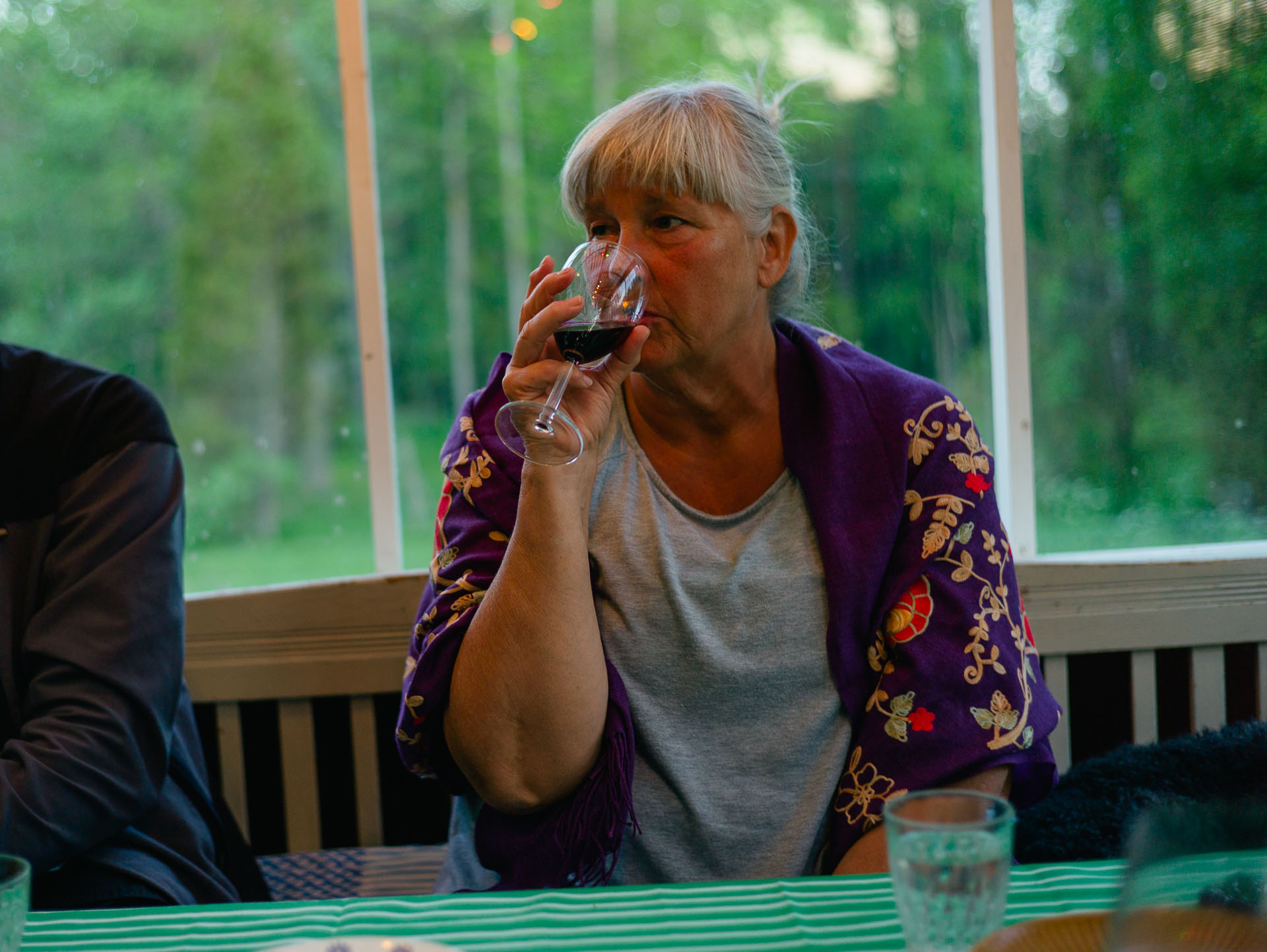


While uncommon there’s one more excellent 40mm lens in the M-mount. Depending on ones preferences a 35mm or 50mm lens can also be a good alternative. To me 35mm feels close, 50 not so much. These are to me the most relevant options. Since I feel the Nokton 40 is best considered an f/2 lens with an f/1.4 overdrive I’ve mainly included other f/2 lenses. Most other lenses that are as fast are generally far larger and more expensive and give a completely different experience overall.
There are four versions available of this lens all far more expensive. Many consider every version absolute benchmarks in the 35mm category. I’ve not shot with either. The Nokton is most similar in both size and performance to the earlier non aspherical lenses. Performance is possibly a bit more predictable with the Leica but in practice the difference will be negligible. Later, aspherical versions have higher performance at the cost of being far heavier and larger.
This almost legendary lens is available in a number of different versions. All of them similar in image quality and ergonomics but far more expensive. I’ve yet to shot with any of them. The Nokton 40 is very similar in design to the fourth version. Performance will be comparable regardless of version and neither version has the benefit of the extra stop. The later ASPH version gives higher resolution wide open and in the corners, but is far larger and heavier. Ergonomics generally look slightly better on all versions of the 35/2.
My other favourite 40mm lens. It’s smaller and lighter than the Nokton, but lacks the extra stop. Performance is almost too close to call between them at all apertures. The Nokton has slightly better bokeh and better resistance to flare. The Summicron-C has slightly more even performance and no focus shift. I’ve put together a separate article comparing the two lenses.
Read my full review of the Summicron-C 40
This slightly longer lens by Leica has a far better reputation than the Nokton. Depending on ones preferences this could be slightly undeserved. I prefer the ergonomics of the Nokton by far. There's no doubting that the Summicron 50 is better corrected and performs more predictably. However it’s well behaved almost to the point of being boring and I often find the rendering of the Nokton preferable. Stopping down to f/5.6 and beyond gives result so similar I doubt I’d be able to tell them apart. The Nokton also has a useable extra stop while still being a smaller lens. The Summicron 50 is also far more expensive.
Read my full review of the Summicron 50 V
An interesting option since it’s so closely related to the 40. I’ve not shot it myself but from what I can gather it shares the small size, excellent ergonomics and overall imaging characteristics with the 40. As such I’ve considered trading to it for better frameline companility. However it seems to have slightly lower peak performance and significant distortion, which has kept me with what works.
This even smaller and lighter lens is wonderful. I’ve shot it quite a bit. It’s pretty much everything one really needs and it’s sold at a very low price. Ergonomics are great. Resolution is more even and predictable than with the Nokton. The maximum aperture of 2.5 feels slightly limiting and the overall rendering isn’t quite as appealing. There’s a lack of separation, micro contrast and color brilliance that keep me coming back to the 40. Also the size difference is noticeable but not really significant in practice. The bottom line is that I prefer the Nokton but wouldn’t hesitate to recommend the 35/2.5 if size and correct framelines is a priority.
I’ve not shot this slightly wider lens by Zeiss, but have used a few of their other offerings. The ergonomics are far better on the Nokton. The only direct comparison I’ve seen leads me to believe that the image quality is very similar. Bokeh is better on the Nokton at any shared aperture. The Zeiss probably has slightly stronger colour rendition and higher contrast.
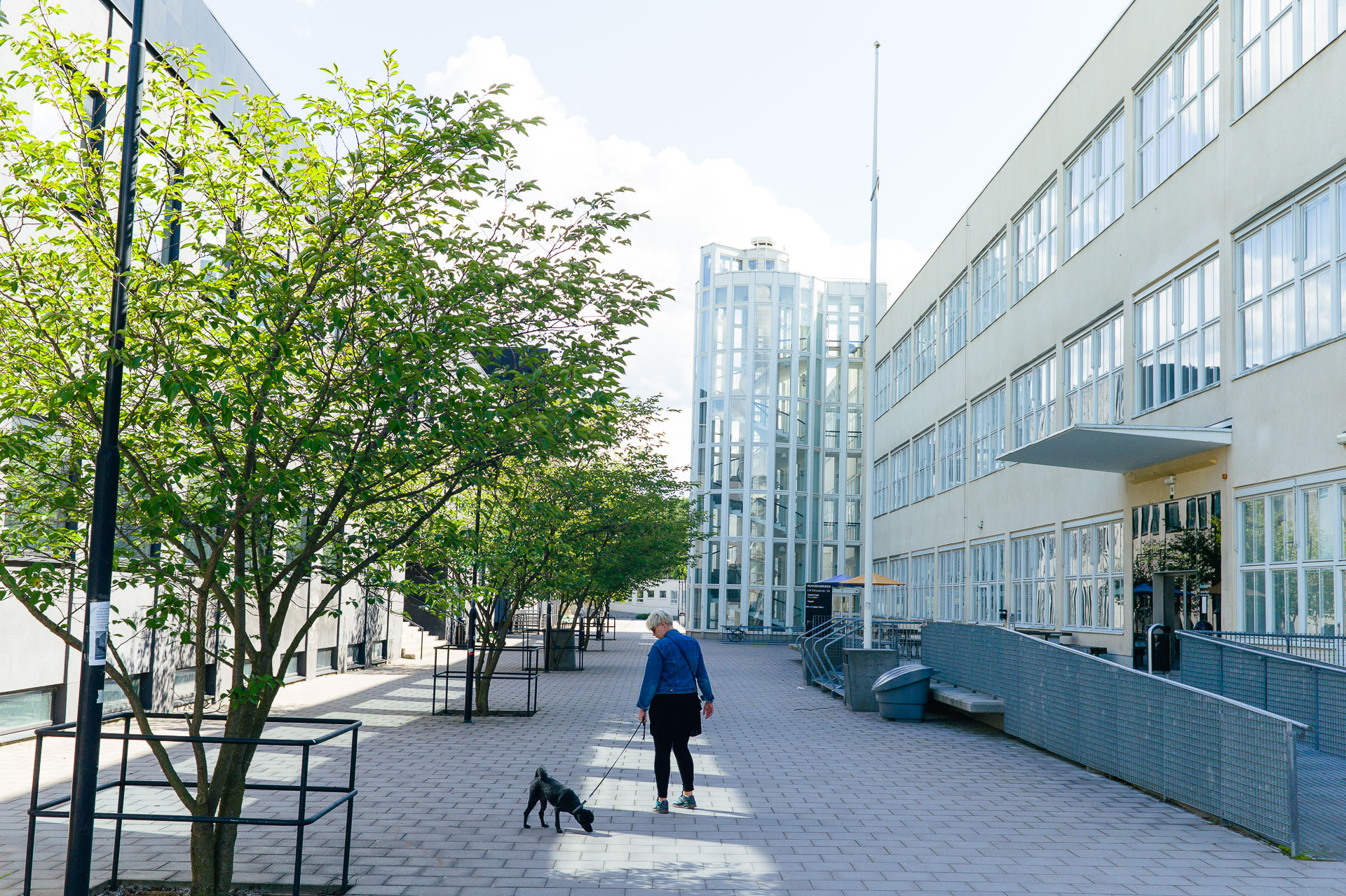
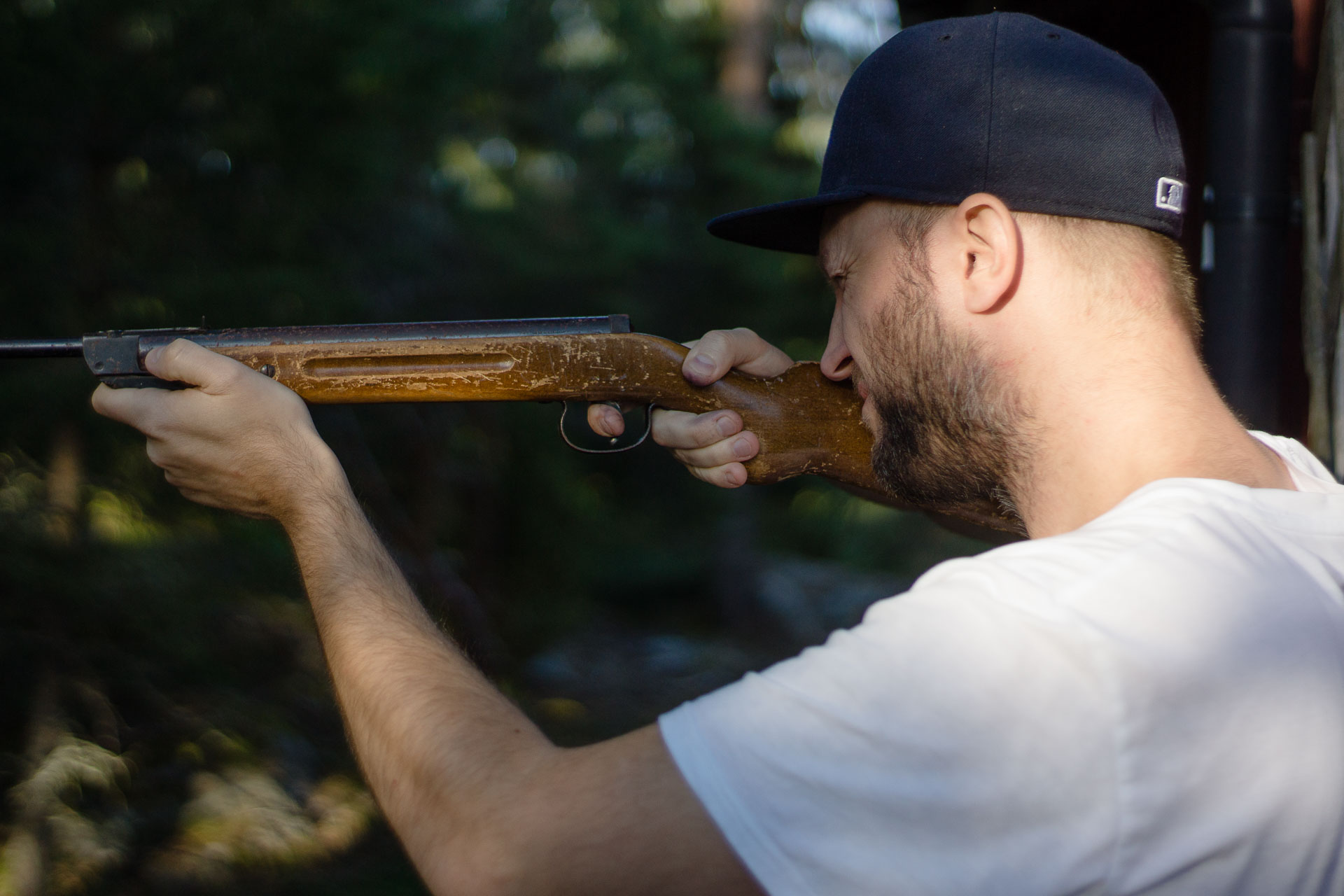
There are lenses that are objectively fantastic, without caveats. The Nokton 40 isn’t such a lens. I’ve detailed some of its pitfalls and drawbacks. Both in use and looking at the end results these issues all fade away. I’ve already stated that this is one of my favourite lenses and some of the reasons why. In short the Nokton 40 has a number of great strengths outweighing its clear weaknesses, especially after getting to know the lens. It’s one of those rare instances where a lens transcends being just the sum of its characteristics. To me it’s instead become a reliable tool and companion.
All photos in this review were taken by me, using Leica CL & M9, Sony NEX-7. Exif-data is intact. Open any image in a new window for a closer look.